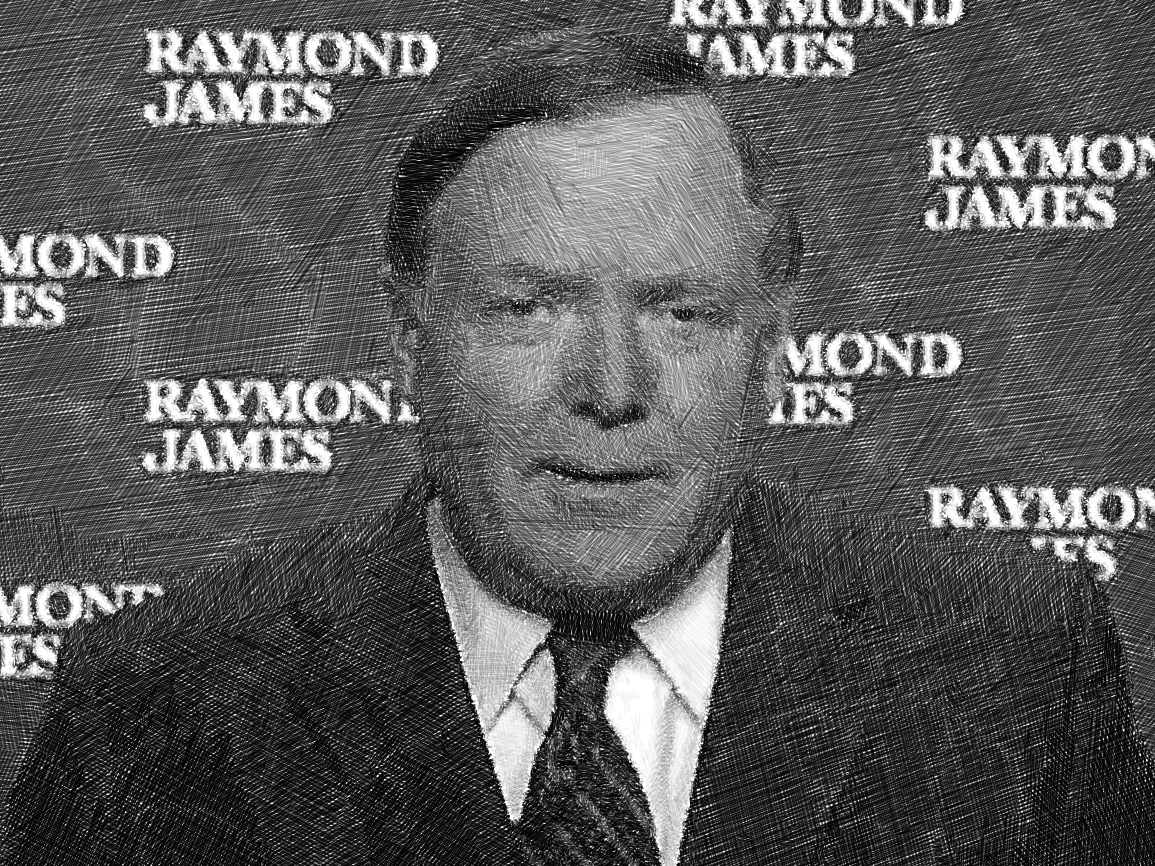“Truth or Consequences?”
by Jeffrey Saut, Raymond James
June 23, 2014
After 28 years at this post, and 22 years before this in money management, I can sum up whatever wisdom I have accumulated this way: The trick is not to be the hottest stock-picker, the winning forecaster, or the developer of the neatest model; such victories are transient. The trick is to survive. Performing that trick requires a strong stomach for being wrong, because we are all going to be wrong more often than we expect. The future is not ours to know. But it helps to know that being wrong is inevitable and normal, not some terrible tragedy, not some awful failing in reasoning, not even bad luck in most instances. Being wrong comes with the franchise of an activity whose outcome depends on an unknown future (maybe the real trick is persuading clients of that inexorable truth). Look around at the long-term survivors at this business and think of the much larger number of colorful characters who were once in the headlines, but who have since disappeared from the scene.
... Peter Bernstein
The aforementioned quote, from the brilliant Peter Bernstein (author, historian, economist, and investor), hangs on the wall of my office, for in this business one is often wrong. But, as Bernstein notes, “Being wrong comes with the franchise of an activity whose outcome depends on an unknown future.” My redeeming feature is that when I am wrong, I am typically wrong quickly. Or as stated by William O’Neil, “The majority of unskilled investors stubbornly hold onto their losses when the losses are small and reasonable. They could get out cheaply, but being emotionally involved and human, they keep waiting and hoping until their loss gets much bigger and [that] costs them dearly.”
Importantly, I am always trying to manage the “risks” inherent with investing (or trading), for as Benjamin Graham stated, “The essence of investment management is the management of risks, not the management of returns. Well-managed portfolios start with this precept.” And that, ladies and gentlemen, is why I often “wait” on an investment until its share price is at a point where if I am wrong, I will be wrong quickly, and the incidence of “loss” will be small and manageable. To be sure, I am always considering the consequences of being wrong. This is when risk management lives up to its real meaning. Again as Peter Bernstein wrote in a recent New York Times article:
The key word is ‘consequences.’ I learned this lesson many years ago from studying Blaise Pascal, a French mathematical genius in the 17th century who spelled out the laws of probability more clearly than anyone before him. This was a thunderclap of an insight that, for the first time, gave humanity a systematic way of thinking about the future. Pascal was both a gambler and a religious zealot. One day he asked himself how he would handle a bet on whether ‘God is or God is not.’ Reason could not answer. But, he said, we can choose between acting as though God is or acting as though God is not. Suppose we bet that God is, and we lead a life of virtue and abstinence, and then the day of reckoning comes and we discover that there is no God. Well, life was still tolerable even if less fun than we might have liked. Here, the consequences of being wrong would be acceptable to most people. Suppose, however, we bet that God is not, and lead a life of lust and sin, and then it turns out that God is. Now being wrong has put us into big trouble.
RISK management, then, should be a process of dealing with the consequences of being wrong. Sometimes, these consequences are minimal — encountering rain after leaving home without an umbrella, for example. But betting the ranch on the assumption that home prices can only go up should tell you the consequences would be much more than minimal if home prices started to fall.
To these “truth or consequences points,” I turned cautious on the equity markets as the S&P 500 (SPX/1962.87) traveled into its upside target zone of 1950 – 1975, which was generated by the SPX’s upside reversal session of April 15, 2014 when the SPX reversed from its intraday low of 1816. Last Wednesday morning, however, I wrote, “Still, the market ‘feels’ like it is coiling-up for a post FOMC move and right now the weight of the evidence suggests it will be up.” And on Thursday morning I noted, “Such a large short position should put the ‘carrot in front of the horse’ for an upward bias into Friday’s expiration expiation.” Of course those quips were trading “calls” and not an investment “call.” So far that trading call has proved generally correct with the SPX lifting from Wednesday morning’s low of ~1939 into Friday’s expiration close of ~1963. It will be interesting, therefore, to see if the 1950 – 1975 zone is going to offer the anticipated formidable upside resistance this week. Keep in mind, all of these “trading calls” are to be considered within the construct of a secular bull market, a point CNBC’s Mandy Drury questioned me on last Friday.
To be specific, she asked, “So Jeff, what do you think could be the biggest obstacle ahead of us, what is the potential either black swan event, or something out there that you see that could bring all of this undone?” I responded, “Well, over the weekend it looks like ISIS has diverted its attention from Baghdad to Samarra, which is the most holy Shia city in Iraq. And, if they take that city and start desecrating the temples, and some of the other religious objects, you could have a holy war break out in the Middle East that could drag in other nations. I don’t know if that is going to happen, but it certainly has the potential now that they are focused on Samarra.” To which Mandy said, “And you think that would really hurt our market?” Again I responded, “Unless we get a spike in the price of oil, I think it is going to be non-impactful. But if you get a spike in the price of oil, it is going to be impactful for the U.S.”
Speaking to crude oil, surprisingly it was down -0.02% on the week basis WTI (spot), but is up 8.5% YTD. More importantly for the U.S. consumer, gasoline (NY, spot) was up 2.31% for the week, leaving it higher by 12.06% YTD. Yet of everything I follow, silver (Handy & Harman Base) had by far the biggest Weekly Win with a 6.68% gain. Such action broke silver out of a basing pattern in the charts that began in June 2013. The same can be said of gold, which is why I wrote this in Friday’s Morning Tack. To wit, “While I am certainly no ‘gold bug,’ it does feel like gold could trade into the zone between its recent high of $1390 and its August 2013 high of ~$1430. Unsurprisingly, the idea of buying depressed gold, and gold stocks, as opposed to buying some of the “up on stilts” darlings of the past few years, has a certain appeal to a contrarian like me.” Obviously the reason for the strength in precious metals, and commodities in general, were last week’s stronger than expected inflation reports, and the statement from Janet Yellen that it didn’t matter, interest rates are going to remain low. In my view Ms. Yellen made a mistake with her inflation is “noise” comment. The months ahead will tell us if this insight is wrong or right, aka Truth or Consequences!
With everything else capturing the headlines last week, what went largely unnoticed was a decided shift in analysts’ earnings expectations with earnings revisions for the S&P 1500 flipping from more negative revisions to more positive revisions. And maybe, just maybe, that is what caused the P/E multiple expansion we have seen year-to-date. Verily, the trailing 12-month P/E for the SPX has expanded from 17.06 at the start of the year to 17.93 as of Friday. On a sector basis, 8 of the 10 S&P macro sectors have experienced P/E multiple expansions YTD with Energy seeing the largest (16.62 vs. 14.95). The only two sectors seeing a contraction are Consumer Discretionary and Telecom. I have liked Energy all year and have often mentioned Goodrich Petroleum (GDP/$28.65/Outperform), which has drilling results due at the end of this month. For more information, please see our fundamental analyst’s report.
The call for this week: Late last week Saudi Arabia warned of the risks of a civil war in Iraq with unpredictable consequences for the region. The problem is things are happening so fast it is hard to know what to do. As Joint Chief of Staff General Martin Dempsey reported to Congress last week, “Until we can actually clarify this intelligence picture [our] options will continue to be refined.” What he was referring to was the fact that over a two-day period a military base next to the city of Mosul had been controlled by Iraqi forces, then occupied by ISIS, and then seized by the Kurds. Plainly, time is running out for a political solution. So far, however, our equity markets don’t seem to care with this morning’s SPX futures up 1 point even though over the weekend Baghdad forces abandoned the Jordan border, leaving the entire Western frontier outside of government control. I guess China’s stronger manufacturing growth is offsetting Iraq, at least for now. Let’s see how the SPX handles the 1950 – 1975 resistance zone.
Copyright © Raymond James
















